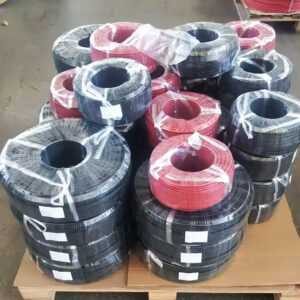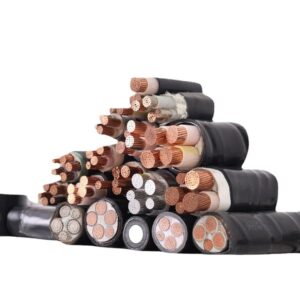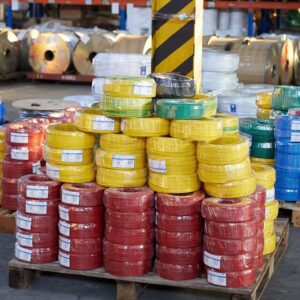Introduction
Understanding power cable installation standards is crucial for engineers, contractors, and project managers working in electrical infrastructure. These standards ensure safety, efficiency, and compliance with international regulations. Whether you’re dealing with low-voltage (LV) or high-voltage (HV) cables, following the correct procedures prevents failures, reduces maintenance costs, and enhances system longevity.
This guide covers the most widely recognized power cable installation standards, including IEC, NEC, and IEEE regulations, along with best practices for different installation environments.
1. Key International Power Cable Installation Standards
A. IEC (International Electrotechnical Commission) Standards
- IEC 60502 – Covers power cables with extruded insulation for rated voltages from 1kV to 30kV.
- IEC 60228 – Defines conductor classes (solid, stranded, flexible) for power cables.
- IEC 60364 – Addresses electrical installations in buildings (low-voltage systems).
B. NEC (National Electrical Code, USA) Standards
- NEC Article 300 – General requirements for wiring methods, including underground and aerial installations.
- NEC Article 310 – Specifies conductor insulation types and ampacity ratings.
- NEC Article 392 – Covers cable tray installations.
C. IEEE (Institute of Electrical and Electronics Engineers) Standards
- IEEE 835 – Provides ampacity calculations for power cables.
- IEEE 1185 – Guidelines for installing shielded power cables.
2. Critical Factors in Power Cable Installation
A. Cable Burial Depth Requirements
| Cable Type | Minimum Burial Depth | Applicable Standard |
|---|---|---|
| LV Direct Burial | 0.5m – 0.8m | IEC 60364, NEC 300.5 |
| MV/HV Underground | 1.0m – 1.2m | IEC 60502, IEEE 835 |
| Conduit Installations | 0.3m – 0.6m | NEC 300.5, IEC 60364 |
B. Bending Radius Rules
- Single-core cables: Minimum 8x cable diameter
- Multi-core cables: Minimum 6x cable diameter
(Failure to comply causes insulation damage!)
C. Separation & Spacing Regulations
✔ Distance from water/gas pipes: ≥ 0.3m (NEC 300.5)
✔ Parallel cable spacing: Prevents overheating (IEEE 835)
3. Common Mistakes & How to Avoid Them
❌ Incorrect Ampacity Calculation → Leads to overheating (Use IEEE 835/IEC 60287)
❌ Poor Cable Pulling Tension → Damages conductors (Follow manufacturer specs)
❌ Ignoring Local Regulations → Non-compliance fines (Check national electrical codes)
Pro Tip: Always conduct a Megger test (insulation resistance test) before energizing cables!
4. Industry Best Practices for Reliable Installations
✅ Use Cable Pulling Lubricants – Reduces friction during conduit installations.
✅ Install Warning Tapes – Marks buried cables to prevent excavation damage.
✅ Follow Manufacturer Guidelines – Each cable type has unique requirements.
5. Conclusion
Adhering to power cable installation standards is non-negotiable for safe and efficient electrical systems. Whether you’re working on industrial, commercial, or utility projects, compliance with IEC, NEC, and IEEE standards minimizes risks and ensures long-term performance.
Need standards-compliant power cables? [Your Company Name] manufactures high-quality cables meeting international standards—contact us today!







